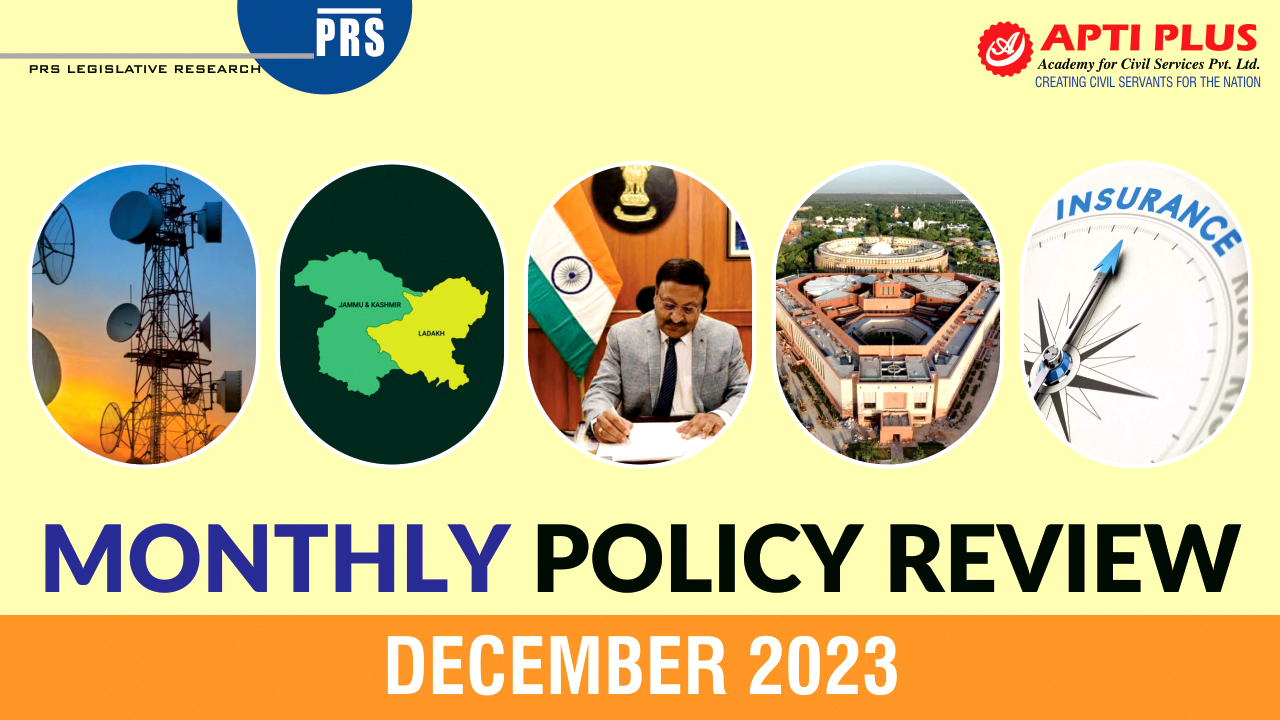Description
.png)
Copyright infringement not intended
Picture Courtesy: hrinformative.com
Context: The Prime Minister visited Solapur, Maharashtra, to dedicate homes constructed under the Pradhan Mantri Awas Yojana-Urban Scheme (PMAY-Urban) to over 15,000 beneficiaries, including various occupational groups such as power loom workers, rag pickers, vendors, handloom workers, and bidi industry workers.
PM Awas Yojana (PMAY)
- The scheme was launched in 2015 by Prime Minister Narendra Modi and is being implemented by the Ministry of Housing and Urban Affairs (MoHUA).
PMAY has four components or verticals
- In-situ Slum Redevelopment (ISSR): This involves redeveloping slums using land as a resource and providing pucca houses to slum dwellers with basic amenities.
- Affordable Housing in Partnership (AHP): This involves providing central assistance to states/UTs/cities for building affordable houses for EWS/LIG/MIG categories in partnership with private developers or public agencies.
- Credit Linked Subsidy Scheme (CLSS): This involves providing interest subsidy on home loans taken by eligible beneficiaries from primary lending institutions (PLIs) such as banks, housing finance companies, etc. The subsidy ranges from 3% to 6.5% depending on the income category and loan amount.
- Beneficiary Led Construction (BLC): This involves providing central assistance to individual eligible beneficiaries who wish to construct or enhance their own houses.
Significances
- It provides dignified and improved living conditions to the urban poor by ensuring pucca houses with basic amenities such as water, electricity, sanitation, etc.
- It empowers women by making them the owners or co-owners of the houses under the scheme.
- It promotes social inclusion and cohesion by integrating slum dwellers and other marginalized groups into mainstream society.
- It stimulates the housing sector and creates employment opportunities for skilled and unskilled workers.
- It encourages the use of innovative and eco-friendly technologies and materials for housing construction.
- It supports the Sustainable Development Goals (SDGs) of the United Nations, especially SDG 11: Make cities and human settlements inclusive, safe, resilient and sustainable.
|
Current Status of PM Awas Yojana
● Over 2.95 crore houses are sanctioned under both PMAY (Urban) and PMAY (Gramin). This translates to nearly 80% of the initial target set for 2024.
●The deadline for PMAY (Urban) has been extended from March 31, 2022, to December 31, 2024, to ensure completion of the remaining houses.
●Credit Linked Subsidy Scheme (CLSS) remains the primary driver of PMAY (Urban), with over 1.18 crore houses sanctioned under this scheme alone.
●The government is leveraging technology to improve transparency and efficiency in scheme implementation. This includes online application platforms and beneficiary tracking systems.
|
Challenges
- Lack of availability and affordability of land in urban areas for housing projects.
- Delay in approvals and clearances from various authorities and agencies at different levels.
- Inadequate capacity and coordination among various stakeholders such as states/UTs, ULBs, PLIs, developers, etc.
- Low awareness and demand among potential beneficiaries about the scheme and its benefits.
- Issues related to quality, durability and maintenance of houses constructed under the scheme.
- Lack of convergence and integration with other urban development schemes and programs.
Way forward
- Enhancing land availability and affordability through land pooling, land banking, land acquisition, etc.
- Simplifying and streamlining the approval and clearance processes through online platforms, single window systems, etc.
- Strengthening capacity building and monitoring mechanisms for effective implementation and evaluation of the scheme.
- Increasing awareness and outreach among potential beneficiaries through mass media campaigns, social media platforms, etc.
- Improving quality, durability and maintenance of houses through standardization, certification, third-party inspection, etc.
- Promoting convergence and integration with other urban development schemes and programs such as AMRUT, Smart Cities, Swachh Bharat Mission, etc.

Conclusion
- The scheme has made significant progress in terms of sanctioning and constructing houses under various components. However, some challenges need to be addressed to achieve the desired outcomes. The Government of India, along with the states/UTs/cities and other partners, should take proactive steps to overcome the challenges and ensure the effective implementation of PMAY.
Must Read Articles:
PM AWAS YOJANA: https://www.iasgyan.in/daily-current-affairs/pm-awas-yojana-32
|
PRACTICE QUESTION
Q. How can India effectively address the rapid migration of rural populations to urban slums and prevent the creation of underclass communities? What policy frameworks and interventions are needed to ensure dignified living conditions and economic opportunities for all urban residents?
|




.png)
.png)







